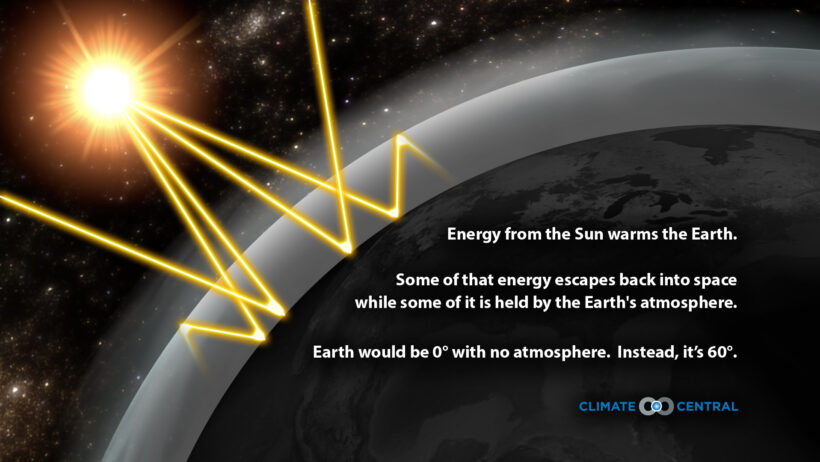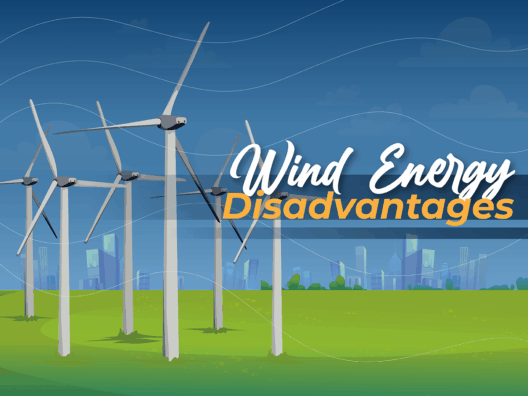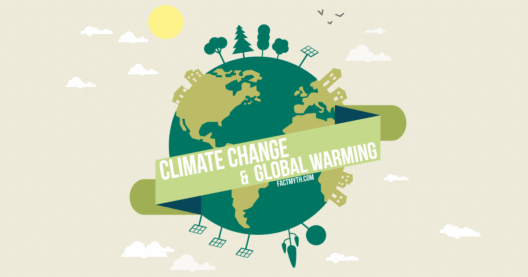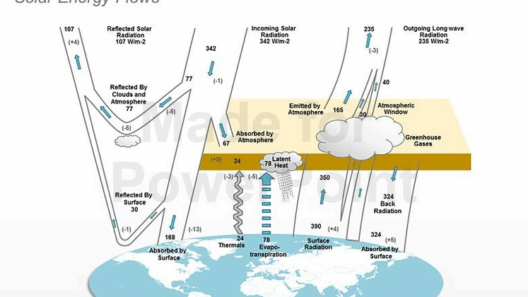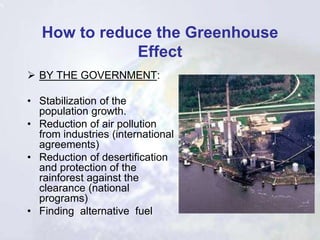Understanding the Greenhouse Effect is crucial in today’s context of climate change discussions and environmental awareness. This phenomenon is not merely a scientific term; it encompasses a chain of events that have significant implications on our planet’s well-being. To grasp its complexities, we must delve into its historical background, examine the interplay of various factors involved, and evaluate the ongoing global efforts to mitigate its impacts.
Often regarded as one of the foundational concepts in climate science, the Greenhouse Effect refers to the warming of the Earth’s surface due to the trapping of heat by greenhouse gases in the atmosphere. These gases, such as carbon dioxide (CO2), methane (CH4), and nitrous oxide (N2O), absorb infrared radiation emitted from the Earth, preventing it from escaping into space. Without this natural mechanism, our planet would be a frozen wasteland, uninhabitable for most life forms.
However, while the greenhouse effect is a natural and necessary phenomenon, human activities over the past two centuries have intensified its effects, leading to catastrophic consequences. Understanding this historical context is key to recognizing the urgency of current climate action.
A Closer Look at the Origins of the Greenhouse Effect
The historical timeline of the Greenhouse Effect can be traced back to the 19th century, when scientists first began to comprehend the role of gases in the atmosphere regarding temperature regulation. In 1824, French physicist Joseph Fourier formulated the concept of a ‘greenhouse’ effect, drawing parallels between the conditions inside a greenhouse and the Earth’s atmosphere. Fourier’s work laid the groundwork for subsequent discoveries by scientists such as John Tyndall and Svante Arrhenius, who expanded on the understanding of how different gases contribute to temperature dynamics.
In 1859, Tyndall conducted groundbreaking experiments that demonstrated how certain gases, like water vapor and carbon dioxide, effectively absorbed heat. Nearly four decades later, Arrhenius quantified the relationship between CO2 concentrations and global temperature increases, claiming that doubling these concentrations could lead to significantly warmer global temperatures. These pioneering studies illuminated the potential impact of human industrial activities on the atmosphere, warning against the possible consequences of unchecked fossil fuel consumption.
The Rise of Industrialization and Its Impact on the Greenhouse Effect
The onset of the Industrial Revolution in the late 18th century marked a significant turning point in human history but also led to a substantial increase in greenhouse gas emissions. The burning of coal, oil, and gas for energy transformed economies and caused unprecedented environmental changes. Since the advent of industrialization, atmospheric CO2 levels have surged, from approximately 280 parts per million (ppm) in the 19th century to over 400 ppm today. This steep rise has been directly correlated with the increasing average global temperatures over the same period.
Before industrialization, natural fluctuations had historically dictated the Earth’s climate. However, with the acceleration of emissions, humanity has entered a new epoch termed the Anthropocene, where human activities have become the dominant influence on climate systems. This era is characterized by extreme weather events, melting polar ice caps, and rising sea levels — all outcomes of the recent intensification of the greenhouse effect.
The Scientific Community’s Response to Climate Change
As the consequences of the greenhouse effect became increasingly evident, the scientific community began calling for action. Reports from the Intergovernmental Panel on Climate Change (IPCC), formed in 1988, provided evidence that climate change is not only real but also largely driven by human activities. These reports, underpinned by extensive research, have called for immediate and systematic reductions in greenhouse gas emissions to mitigate future climate impacts.
International agreements like the Kyoto Protocol and the Paris Agreement aimed to unite countries in their efforts to combat climate change. These protocols acknowledge the historical emissions of developed countries while calling for equitable contributions from developing nations in addressing greenhouse gas reductions. However, political will and implementation remain significant hurdles, as nations grapple with balancing economic growth with environmental sustainability.
The Role of Renewable Energy and Sustainable Practices
In light of these challenges, there is a growing movement towards the adoption of renewable energy sources such as solar, wind, and hydroelectric power. Transitioning to sustainable practices not only represents a collective step towards mitigating the greenhouse effect but also offers opportunities for economic innovation and job creation. By reducing reliance on fossil fuels, countries can lower their carbon footprints while simultaneously investing in energy independence.
Additionally, improved practices in agriculture, transportation, and waste management are crucial in addressing the sources of greenhouse gas emissions. Strategies such as afforestation, carbon capture, and sustainable land management are essential in restoring ecological balance and fostering resilience against climate impacts.
The Ongoing Battle Against Climate Change
Despite increased awareness and scientific consensus on the urgency of addressing the greenhouse effect, the battle against climate change is far from over. Public perception, political debates, and misinformation continue to challenge the progress needed to implement effective solutions. Education and advocacy play vital roles in bridging the gap between scientific knowledge and public action.
In conclusion, the Greenhouse Effect serves as a critical reminder of the intricate relationship between humanity and the Earth’s climate system. By examining its historical context, acknowledging the current implications, and recognizing the need for unified action, society can aspire towards a more sustainable and resilient future. The choices and actions taken today will define the planet for generations to come.


